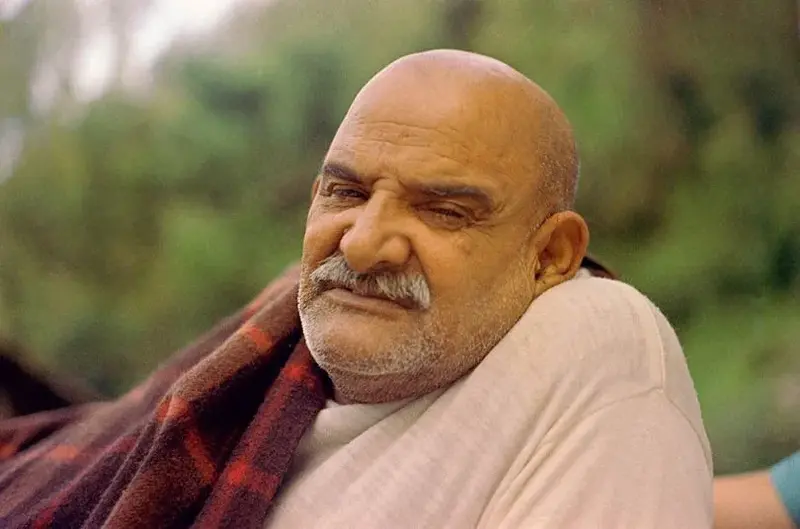Global Influence
From the Himalayas to Silicon Valley: The Global Impact of Kainchi Dham
How a serene ashram in India became a source of inspiration for the world.

Kainchi Dham's influence extends far beyond the tranquil hills of the Kumaon. The simple yet profound teachings of Neem Karoli Baba resonated deeply with a generation of Westerners searching for meaning beyond materialism. This spiritual connection, amplified by influential figures, transformed the quiet ashram into a global pilgrimage destination, linking the ancient wisdom of the East with the modern innovation of the West.
The Bridge to the West: Ram Dass and 'Be Here Now'
A pivotal moment in Kainchi Dham's global story came with Richard Alpert, a Harvard professor who traveled to India in the 1960s. After meeting Maharaj-ji, Alpert underwent a profound transformation, emerging with a new name—Ram Dass—and a new purpose. His 1971 book, "Be Here Now," became a counter-culture classic and a spiritual handbook for millions.
The book chronicled his experiences with Neem Karoli Baba, introducing Maharaj-ji's teachings of love, service, and devotion to a Western audience. It demystified Eastern spirituality and presented it in a way that was accessible and deeply personal. Through Ram Dass, the wisdom of Kainchi Dham crossed oceans, inspiring countless individuals to embark on their own spiritual quests.
The Silicon Valley Connection
The ashram's most famous connection is with the tech world. The stories of iconic entrepreneurs finding guidance and clarity at Kainchi Dham have become legendary, cementing its status as a place of inspiration.
Steve Jobs's Formative Journey
In the early 1970s, long before Apple became a household name, a young Steve Jobs traveled to India in search of spiritual enlightenment. His journey led him to Kainchi Dham. Although he arrived after Neem Karoli Baba had passed away, the time he spent at the ashram and his immersion in Maharaj-ji's teachings had a lasting impact on him.
Jobs's experience in India is said to have profoundly shaped his worldview and his approach to design and business. The principles of simplicity, intuition, and focusing on what truly matters—hallmarks of Apple's philosophy—echo the teachings he encountered at the ashram. He believed that intuition was more powerful than intellect, a perspective strengthened during his time in India.
Mark Zuckerberg's Pivotal Visit
Decades later, another tech visionary sought guidance from the same source. During a challenging period in Facebook's early days, Mark Zuckerberg was advised by his mentor, Steve Jobs, to visit Kainchi Dham.
"He told me that in order to reconnect with what I believed as the mission of the company, I should visit this temple that he had gone to in India." - Mark Zuckerberg
Zuckerberg's visit to the ashram became a turning point. He spent time meditating and reflecting, and the experience helped him reaffirm his vision for connecting the world. This pilgrimage highlights the enduring relevance of Maharaj-ji's teachings, offering clarity and purpose to leaders navigating the complexities of the modern world.
An Enduring Legacy
The stories of Jobs and Zuckerberg are just the most famous examples of Kainchi Dham's far-reaching influence. The ashram continues to attract artists, thinkers, entrepreneurs, and seekers from all walks of life. It stands as a powerful reminder that the universal truths of love, service, and inner peace are timeless and know no geographical boundaries. From a quiet valley in the Himalayas, the spirit of Neem Karoli Baba continues to inspire the world.
